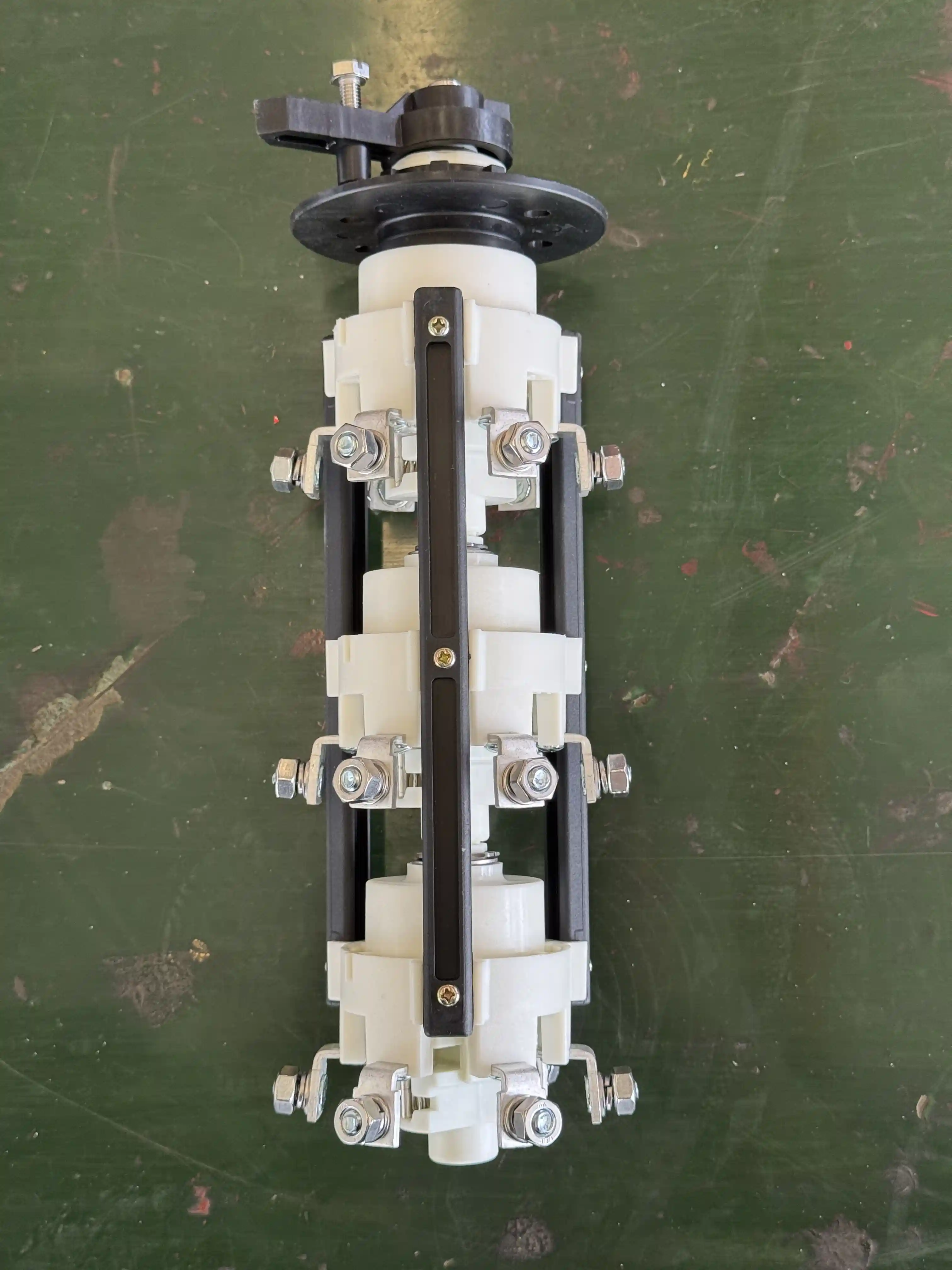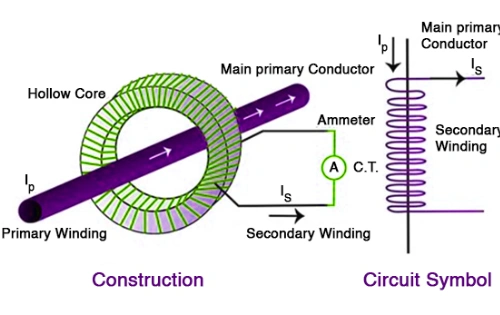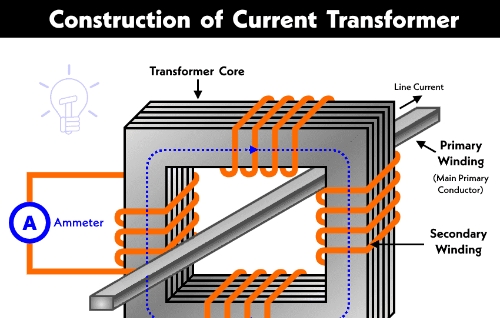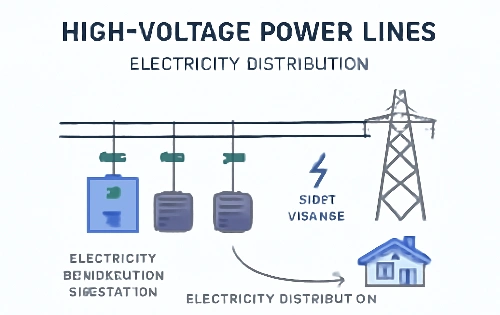What is a Load Tap Changer? Understanding Its Role in Voltage Regulation and Power Systems
In modern electrical power systems, maintaining stable and consistent voltage is crucial for the efficient operation of machinery, electronics, and power networks. One key component that ensures this stability is the Load Tap Changer (LTC).
A Load Tap Changer transformer (LTC transformer) plays a vital role in regulating voltage levels, ensuring that power is delivered within the required voltage parameters.
1. What is a Load Tap Changer (LTC)?
A Load Tap Changer (LTC) is an essential device used in electrical transformers to regulate the voltage delivered by the transformer. It is typically found in power transformers that operate in high-voltage systems where stable voltage is crucial for efficient energy distribution.
An LTC works by adjusting the turns ratio of the transformer, which allows for voltage regulation. These adjustments are made by selecting different taps (connection points) on the transformer's winding. The on-load tap changer adjusts the voltage without interrupting the load, ensuring continuous power delivery without the need to disconnect or interrupt the transformer operation.
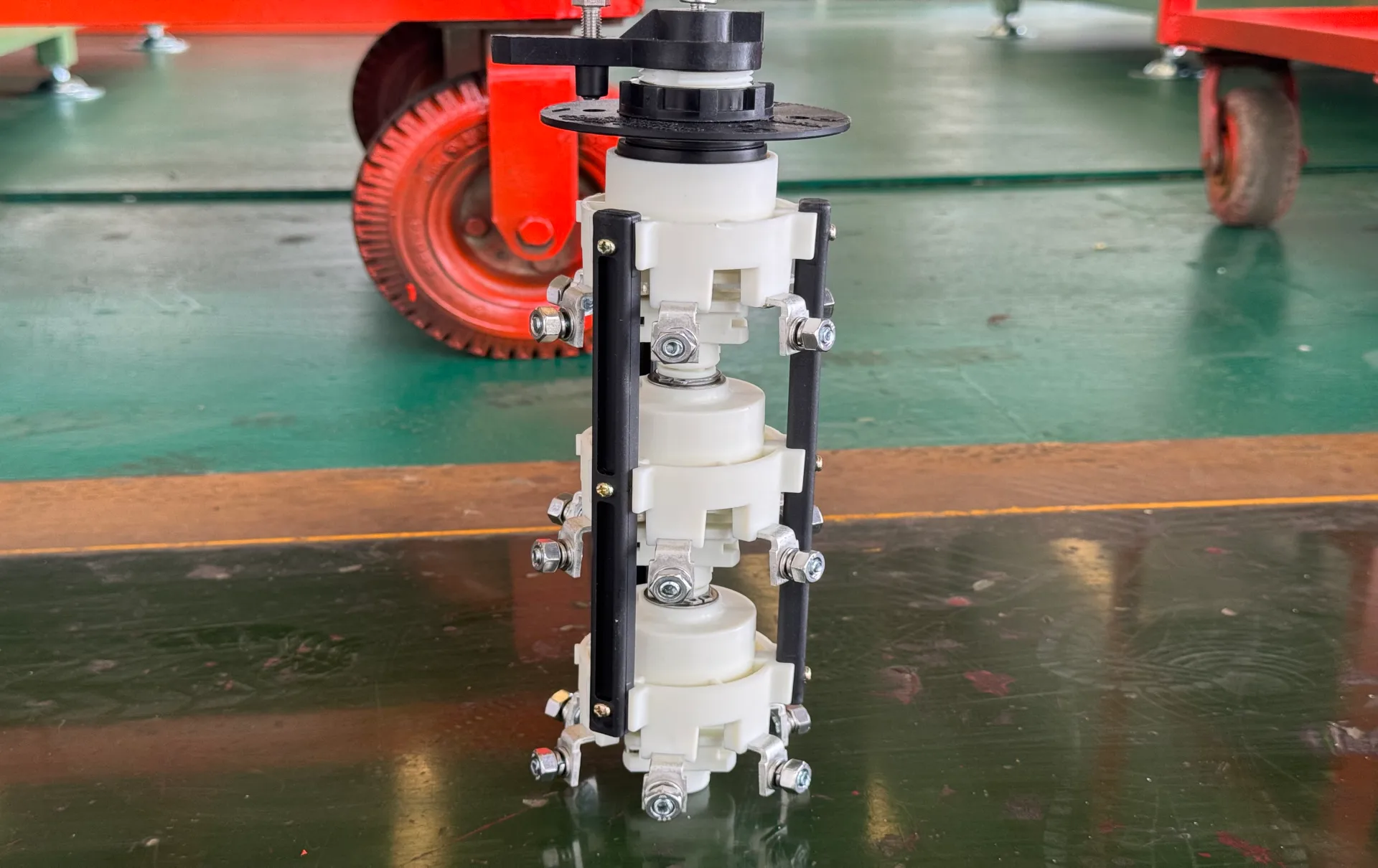
2. The Role of Load Tap Changers in Voltage Regulation
The primary function of a Load Tap Changer is to regulate the output voltage by selecting the appropriate tap on the transformer's winding. In simple terms, a transformer’s voltage is determined by the ratio of turns between the primary and secondary windings. The tap changer allows operators to change this ratio to either increase or decrease the output voltage, depending on the system's needs.
Voltage levels in a power system can fluctuate due to factors such as:
- Load variation: As the power demand changes, the voltage levels can rise or fall.
- Line losses: The resistance of transmission lines can cause voltage drops, especially in long-distance power transmission.
- Fault conditions: Short circuits or system faults may lead to voltage instability.
By adjusting the tap settings, the on-load tap changer (OLTC) ensures that the transformer maintains a stable output voltage, even when the load changes or other fluctuations occur. This is crucial for protecting equipment and ensuring the efficient operation of the power system.
3. On-Load Tap Changer (OLTC) vs. Off-Load Tap Changer
There are two main types of tap changers: on-load and off-load tap changers. While both serve the same basic function of adjusting the voltage, there are important differences in their operation:
On-Load Tap Changer (OLTC)
The on-load tap changer (OLTC) adjusts the voltage while the transformer is still under load. This means that voltage adjustments can occur without interrupting the power supply, making the OLTC suitable for continuous, real-time voltage regulation. It is widely used in load tap changer transformers to maintain stable voltage during operation.
Benefits of On-Load Tap Changer (OLTC):
- Allows for automatic voltage regulation under varying load conditions.
- Non-disruptive operation: The transformer continues to operate while adjustments are made.
- Ensures real-time voltage control, which is crucial for maintaining power system stability.
Off-Load Tap Changer
An off-load tap changer, in contrast, requires the transformer to be de-energized before any voltage adjustments can take place. These are typically used in lower-power transformers or systems where continuous voltage regulation is not necessary.
4. How Does a Load Tap Changer Work?
A Load Tap Changer operates by changing the connection point on the transformer winding. This is done through a mechanical or electrical switching mechanism inside the tap changer assembly. When the load changes or when voltage adjustments are needed, the on-load tap changer (OLTC) automatically shifts to the appropriate tap, ensuring that the voltage remains within the desired range.
In most modern LTC transformers, the on-load tap changer works in conjunction with automatic controls or voltage regulators. These systems continuously monitor the voltage and adjust the tap position as needed, ensuring seamless voltage regulation even under varying load conditions.
The typical sequence of operation is as follows:
- The tap changer receives a signal from the voltage regulator, indicating that voltage adjustments are necessary.
- The tap changer selects the appropriate tap by rotating the selector switch or adjusting the mechanical contacts.
- The voltage is adjusted without interrupting the transformer’s operation.
5. Applications of Load Tap Changers
Load Tap Changers are used in various applications within power distribution systems, ensuring voltage stability and power quality:
a. Power Generation Plants
In power generation plants, on-load tap changers are essential for adjusting the voltage based on the load demand. As the power generation fluctuates, the LTC adjusts the voltage accordingly to maintain system stability.
b. Substations
In substations, load tap changer transformers help manage the distribution of power at different voltage levels, ensuring that electricity is delivered to homes, businesses, and industries at the right voltage.
c. Industrial Applications
Industrial facilities with heavy machinery and varying power loads benefit from on-load tap changers. These systems ensure that the voltage supplied to equipment remains stable, protecting sensitive equipment from damage caused by voltage fluctuations.
d. Renewable Energy Systems
In renewable energy systems, such as solar farms or wind power plants, LTCs are used to ensure that the voltage produced by the energy sources matches the grid’s requirements, enhancing the integration of renewables into the grid.
6. Advantages of Load Tap Changers
The Load Tap Changer offers several advantages for power systems, including:
- Stable voltage regulation: Ensures consistent power delivery despite load fluctuations.
- Enhanced system reliability: Reduces the risk of voltage instability and equipment damage.
- Automatic operation: On-load tap changers automatically adjust voltage without manual intervention, reducing maintenance requirements.
- Minimized downtime: Voltage adjustments can occur without de-energizing the transformer, ensuring a continuous power supply.
Load Tap Changers are vital components in the design and operation of modern power transformers. By enabling precise voltage regulation under load, on-load tap changers (OLTC) ensure that electrical systems remain stable and reliable, even as power demands fluctuate. Their ability to adjust voltage without disrupting the system makes them essential in both industrial and residential applications.
Understanding how load tap changers work, their role in voltage regulation, and the differences between on-load and off-load tap changers is crucial for electrical engineers and professionals involved in the design, operation, and maintenance of power systems.

